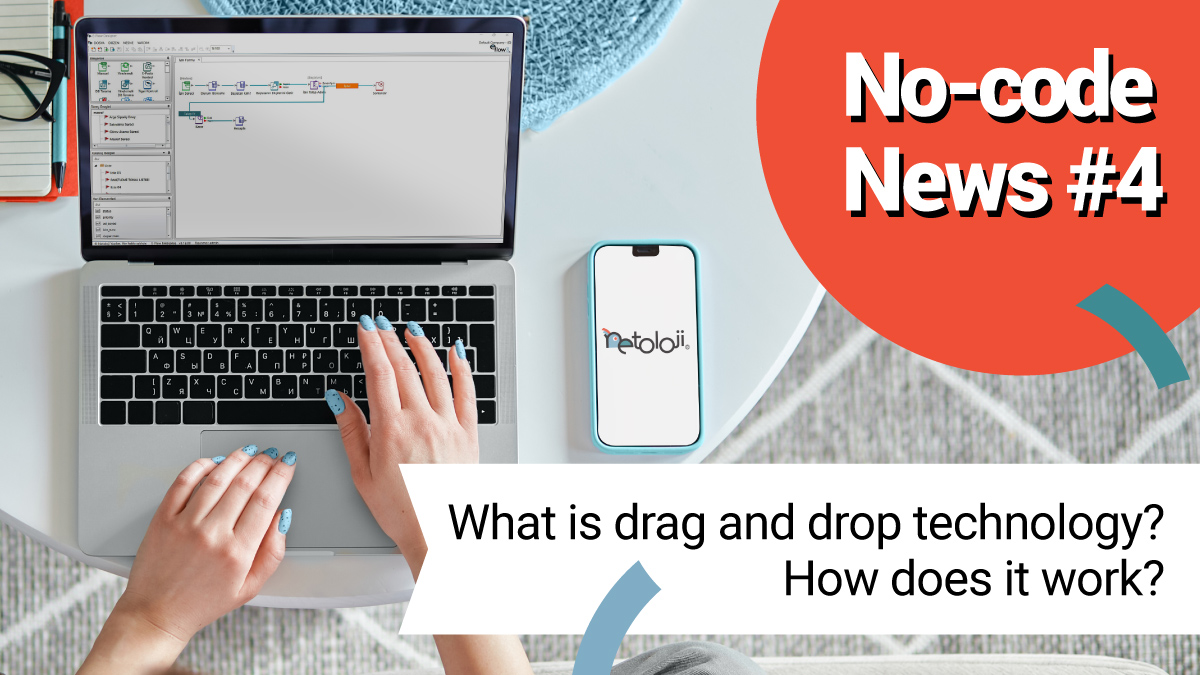
The drag-and-drop technology has been developed to simplify software development processes and allow users to design applications without requiring complex coding knowledge. This technology enables everyone to easily create something in the digital world. So, how does drag-and-drop, which facilitates everyone’s participation in the world of technology, work?
Interface-Friendly Design: Drag-and-drop technology begins with a user-friendly interface for users. It only takes a few clicks to select basic components. Since drag-and-drop technology does not require coding knowledge like traditional software, it involves a fast, easy production process.
Component Selection: You can add pre-defined components such as text boxes, buttons, list boxes, etc., to the workspace by dragging and dropping them. These components form the basic building blocks of the application. Ready-made templates can further simplify the process.
You can personalize the desired area by selecting from templates that suit your needs, or you can continue to use it as it is.
Ease of Customization: Drag-and-drop technology simplifies customizing added components. Tasks such as color changes, text edits, basic feature adjustments, etc., are made without dealing with complex codes. Pre-made designs also expedite the decision-making process.
Interaction and Connection: It’s possible to integrate interactive functionality by connecting components through the drag-and-drop interface. For example, you can update the data in a text box by clicking a button.
Instant Preview: Instant preview at each step allows you to instantly see how the developed application will look and function.
Is every Drag and Drop No-code?
The term drag-and-drop is often associated with user-friendly interfaces and creative designs. However, having drag-and-drop functionality alone does not necessarily equate to being No-code. Drag-and-drop typically facilitates visual design, whereas No-code encompasses not only visual design but also the development of applications without coding knowledge.
Nevertheless, No-code represents an approach that enables users to develop applications without the need for coding skills. This extends beyond drag-and-drop interfaces and includes various visual tools and pre-defined components.
Just drag-and-drop alone may represent an approach that typically requires users to have coding knowledge for implementing more complex functionalities, known as Low-code or partially coding approaches.
However, drag-and-drop is effective for rapid prototyping and visual design. Nevertheless, No-code encompasses not only interface design but also automation of business processes and more.
Which platform stands out in Turkey? In which direction is the general demand?
In Turkey, No-code and Low-code platforms are attracting significant attention to accelerate businesses‘; digital transformation processes and optimize their workflows. Especially, solutions focused on No-code are witnessing a noticeable increase in general demand.
No-code platforms stand out with user-friendly interfaces, drag-and-drop features, and advantages in rapid prototyping. Many businesses in Turkey prefer to use these platforms to optimize their workflows and develop custom applications. Entrepreneurs, teams without coding knowledge, and industries in need of fast solutions are playing a pioneering role in embracing No-code platforms.
Additionally, Low-code platforms are preferred for complex projects. However, the analysis of general demand indicates a tendency among most businesses in Turkey, from various sectors, towards No-code platforms for rapid application development and workflow simplification purposes.